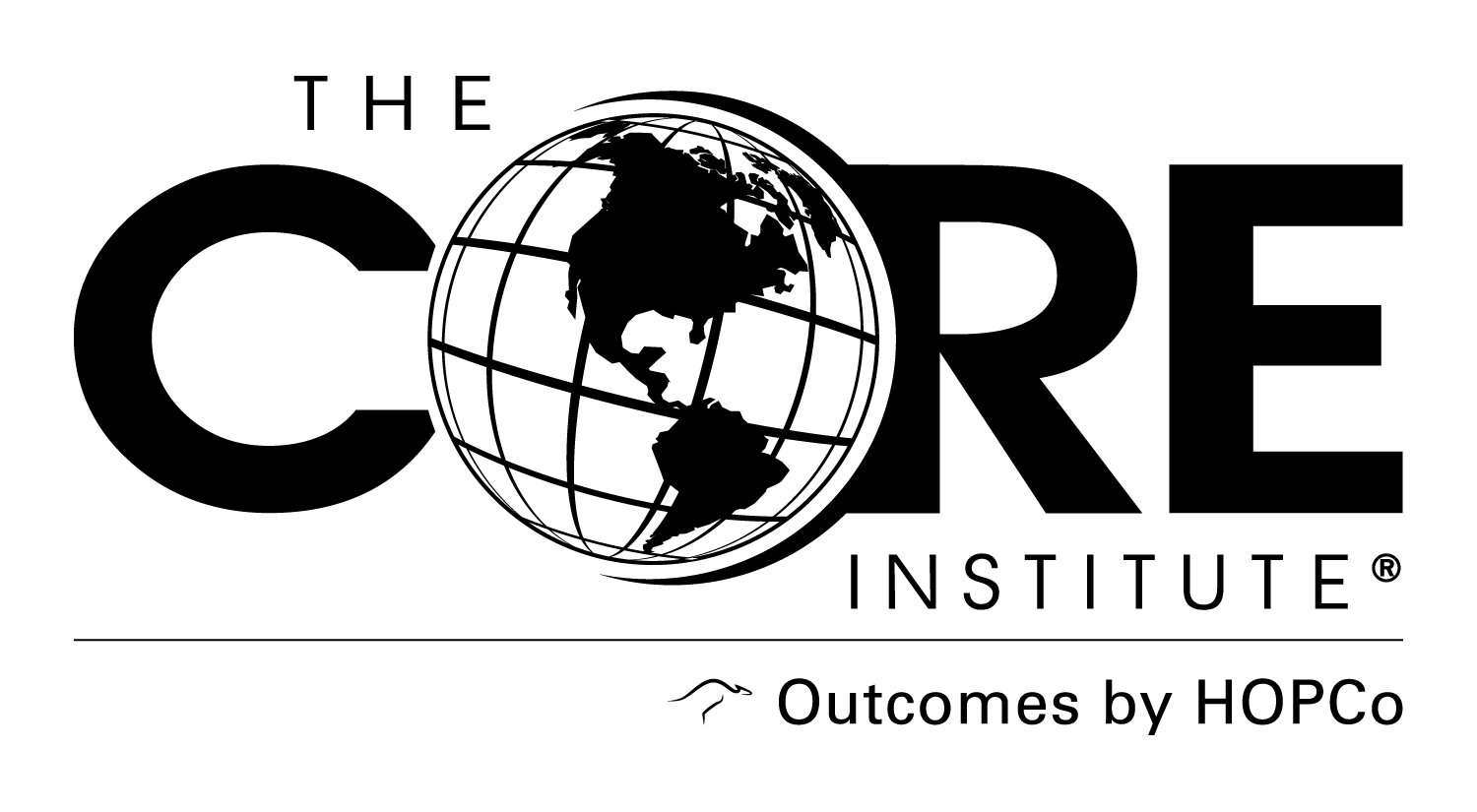
The spine consists of 26 bones called vertebrae and between them are cushion-like pads called “intervertebral discs”. The discs serve as shock absorbers for the vertebrae and help provide stability to the spine. When one of these intervertebral discs loses its normal shape or consistency and begins to bulge into the spinal canal, it is referred to as a bulging disc. Over time, the gel-like material that is found inside of the disc can rupture and come in contact with the spinal canal or spinal nerves and cause pain and weakness. This is what is commonly known as a herniated disc.
The two most common ways that a disc can become herniated is the natural degeneration of the disc or through trauma. Sometimes, a herniated disc goes unnoticed as it can cause few to no symptoms. Other times, patients will not have symptoms in their neck or lower back but rather in their shoulders, hands, legs or feet, which will lead them to seek treatment related to the extremities. Finding yourself with a herniated disc does not mean you have to have a surgical procedure. For those with a herniated disc in the neck or lower back, there are several non-surgical options available.
Medication
When it comes to relieving mild to moderate pain, several different medications can help. There are also a variety of medications that a physician can prescribe to you that are stronger such as muscle relaxants or steroids. Remember, over-the-counter medications only mask the pain from your herniated discs, so it is important to consult with your physician to fully relieve your discomfort. You should also read the medication label and speak with a pharmacist to determine if it is safe to take anti-inflammatories.
Injections
If there is little to no improvement from oral medications, a physician might recommend cortisone injections as an alternative solution. A Corticosteroid injection can reduce inflammation around an irritated nerve, but it will not reduce the actual size of the herniated disc. The injected medications may include steroids, local anesthetics or saline. The goal of an injection is to numb the irritated nerves which will ultimately relieve the pain symptoms. Injections go straight to the area of injury to deliver the pain-reducing medication to your spine.
Physical Therapy
Physical therapy may be able to combat some of the painful symptoms associated with a herniated disc. With this injury, a Physical Therapist will utilize exercises that attempt to relieve pressure on the compressed nerves. Another target exercise is core stabilization which in turn helps with spine stabilization. Other practices such as stretching and manual work also might be used to benefit your flexibility. When working with a physician on your herniated disc, your physical therapist will work in conjunction with them to give you the most successful recovery.
When you have a herniated disc, you will want to control your pain management to the best of your ability. These tips may not work for everyone, but in the meantime can be useful to some. If you would like to schedule a consultation with one of our specialists, contact The CORE Institute at 866.974.2673.
- Twenty years of CORE from vision to impact and the work still ahead - December 29, 2025
- Deep Vein Thrombosis: A Guide from The CORE Institute - December 3, 2025
- The Vein Health Center at The CORE Institute expands services with addition of new experts - November 17, 2025
